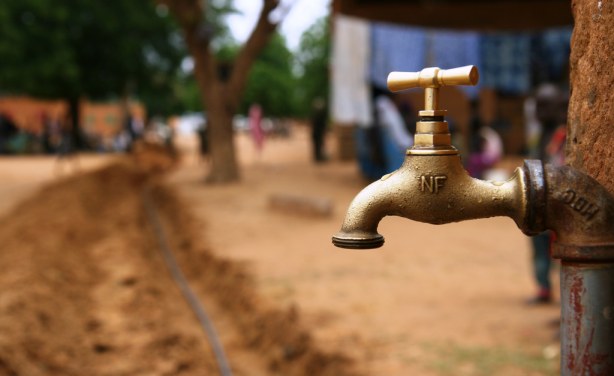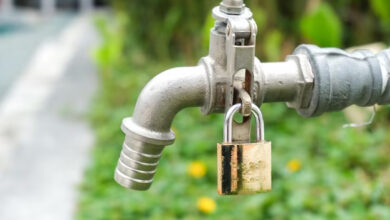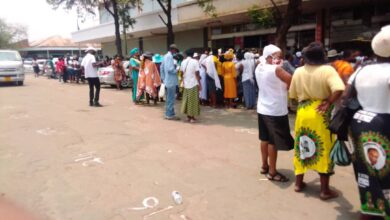Byo’s ageing infrastructure affects water supplies

Some suburbs in Bulawayo are still experiencing water-shedding due to the ageing water infrastructure which is struggling to cope following the normalisation of water supplies in the city.
This came out during virtual World Water Day commemorations hosted by Bulawayo Progressive Residents Association (BPRA), Monday, under the theme ‘valuing water’ which focused on access to water in Bulawayo.
Responding to a question posed by a participant on when water shedding will end, BCC Engineer Dhumani Gwetu said the local authority has lifted water-shedding but some residents are now experiencing temporary water-shedding scenarios.
“Water shedding has stopped, what we now have are temporary water-shedding scenarios which are arising because of an old system which was no longer used to having water 24/7. Every time that arises, we communicate, they attend then after that there is the resumption of supply,” said Engineer Gwetu.
He said council anticipates that all the water supply system problems will be solved by the end of March.
“Currently we have over 90 percent of the city now receiving water more constantly ever since the 15th when we took off water shedding. Insiza dam which is our biggest dam and operational has a capacity of over 173 million cubic meters at full supply is currently at 83. 64percent. Out of the 83.64 percent, the actual volume is about 145m3 with a usable volume of about 138 million.
The next dam which is our second largest is Inyakuni with a capacity of over 80 million cubic meters at 65 percent. Lower Ncema is at 42,18 percent, Umzingwane is at 35.5percent, Upper Ncema at 76.55percent, Mshabezi is at 68.85percent. Globally these dams are 70.51 percent, thus where we are in terms of the dam scenarios,” added Eng Gwetu.
Engineer Gwetu also revealed that water consumption has risen to 126ML/day from the previous 90ML/day.
“Our consumption has gone up ever since we stopped shedding, we used to average at about 90ML/day but currently we are now at 126ML/day and it is too much, so what we see now is the consumption now coming up and, in some instances, going over the system input volume than what we are putting into the system every day.
“As we work on finishing the commissioning of the new Flowserve pump, the scenario will change, we will see a scenario where our system input volume becomes greater than what we are consuming,” he said.
The City Engineer also noted that they continue to face intermittent electricity challenges and pipe bursts which affects water supply to the city.





